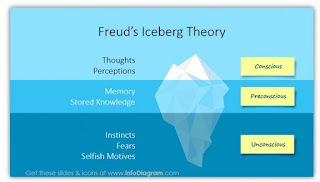Development of Editing Techniques
The Development of Editing Techniques
The birth of cinema...
Auguste and Louis Lumiere were "pioneer manufacturers of photographic equipment who devised an early motion picture camera and projector called the Cinematographe" (Editors of the Encyclopaedia Brittanica, 2013)
Early Editing...
The first editing technique to come into play in the world of cinema was cutting; before cutting directors would film in one continuous shot with no editing. "Cutting is so fundamental to the medium that it began to emerge relatively quickly" (filmreference.com). Cutting became more widely used when directors and audiences alike desired for longer films became higher and there was only a small amount of magazine a film camera could hold. Being able to cut scenes allowed for a longer and more complex narrative "by assembling a series of scenes, with each scene filmed in a single shot" (filmreference.com).
In the 1900s cutting was achieved by actually cutting the physical film and sticking it back together into scenes on editing tables.
 |
| An example of a Moviola |
The Flat bed, or the Keller-Elektro Mechanik, again brought about s even easier method of editing, and became popular in the 1960s. It was much easier to use than the Moviola due to being able to see the captured footage much more clearly meaning and being controlled by buttons rather than by pedal. "It consisted of an editing table and six plates, allowing the editor to display two picture reels and one sound, or two sound and one picture" (Paul Schrader 2014)
 |
| An example of a Flatbed. |
Digital and Computerised Editing
With the invention of the computer in the 1980s came the production of non-linear editing software in the mid-nineties, when computers began to become more accessible, less expensive and more compact. Rather than having to edit in a narrative fashion as was previously the case in editing with physical film, film was transferred to video which was then edited within digital or non-linear editing suites. This was cleaner, more cost effective and less time consuming than the traditional processes of editing both for studios and amateur filmmakers. "The task of cleanly splicing together video clips was then taken over by computers using advanced graphics programs that could then perform special effects functions."(Winokur and Holsinger, 2001)
Today, programs such as Premiere Pro created by Adobe and Final Cut Pro created by Apple have been manufactured out of technological advancement, making accessibility to industry standard editing software much easier for student and amateur filmmakers.
 |
| An example of a commonly used non-linear editing system, Adobe's Premiere Pro |
Bibliography
- filmreference.com contributors, The Development of Editing, Film Reference, available from:http://www.filmreference.com/encyclopedia/Criticism-Ideology/Editing-THE-DEVELOPMENT-OF-EDITING.html
- Roberts.B, 2015, The Evolution of Film Editing, Adobe Blog, Available from: https://theblog.adobe.com/the-evolution-of-film-editing/
- Shrader.P, 2014, Game Changers: Editing, Film Comment, available from: https://www.filmcomment.com/article/game-changers-editing/
- Winokur. M and Holsinger.B, (2001) The Complete Idiot's Guide To Movies, published by Alpha Books and The Penguin Group.


Comments
Post a Comment